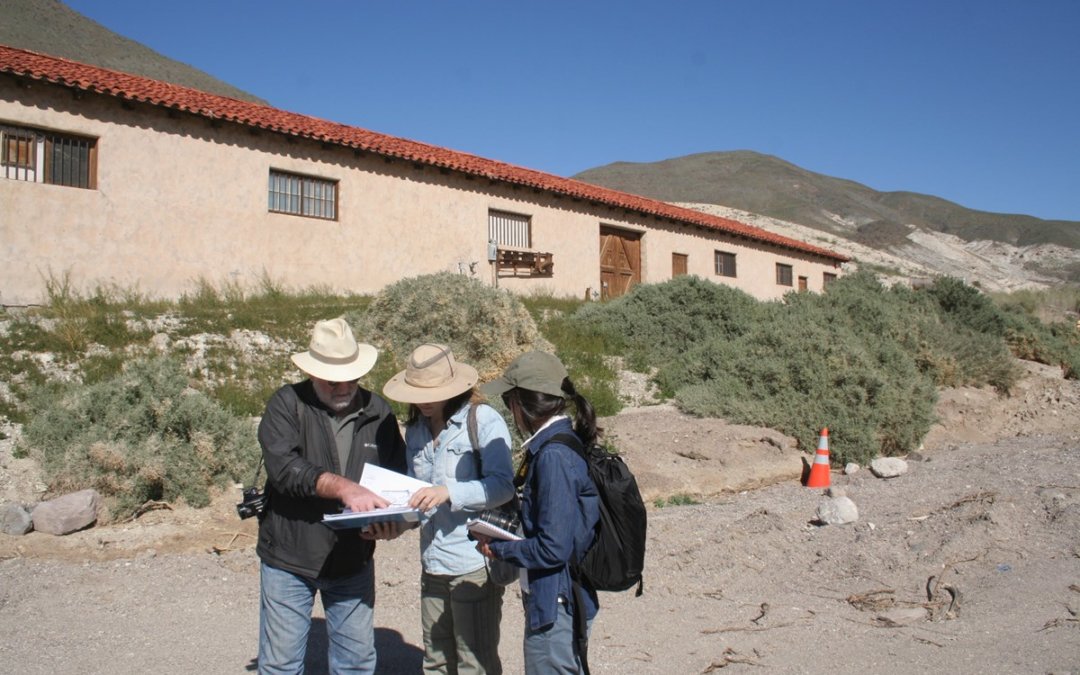As the effects of global change become more noticeable, farms and ranches will be among the first industries to suffer. The human-caused buildup of greenhouse gases that we’re currently experiencing has been shown to lead to a greater frequency of extreme weather events such as droughts, flooding, and intense winter storms. These changes are altering growing seasons, increasing pest populations and weed growth, and even killing off cattle. Eventually, all of these pressures on our farms and ranches might lead to a decrease in our food production. At the same time, farmers may be a major part of the solution to the effects of climate change and may be able to reduce greenhouse gases, even while increasing productivity.
Protecting Farmland From Development
Some studies have shown that preventing farmland from being converted into real estate development projects can help to significantly reduce greenhouse emissions. According to the American Farmland Trust, if the annual loss of farmland was reduced by 80% by 2050 in New York alone, it could reduce greenhouse gas emissions equivalent to removing one million cars from the road. Developing farmland also removes the opportunity to use that land as a carbon sink – reducing carbon from the atmosphere by entraining it in the soil.
Improving Soil Health
Agricultural land has the potential to act as a natural “carbon sink”, a place where significant amounts of atmospheric carbon dioxide can be stored in plants and soil. However, some current farming practices have resulted in soil degradation, causing it to lose much of its carbon capture potential. The loss of organic matter in soil affects both climate and food production, as unhealthy soil leads to erosion, nutrient loss, and reduced productivity.
Taking part in what the Food and Agriculture Organization calls climate-smart agriculture is an approach to increasing soil health and reducing atmospheric carbon. These techniques might be some of the most cost-effective and easily implemented ways of increasing food production, helping mitigate the effects of climate change and increasing yield stability.
In essence, our farms, the key providers to our nation, can also be the key to helping preserve our future. By focusing on policies that recognize the critical nature of both our farms and our environment, we can help to create a sustainable agricultural system that will benefit our nation and others.

